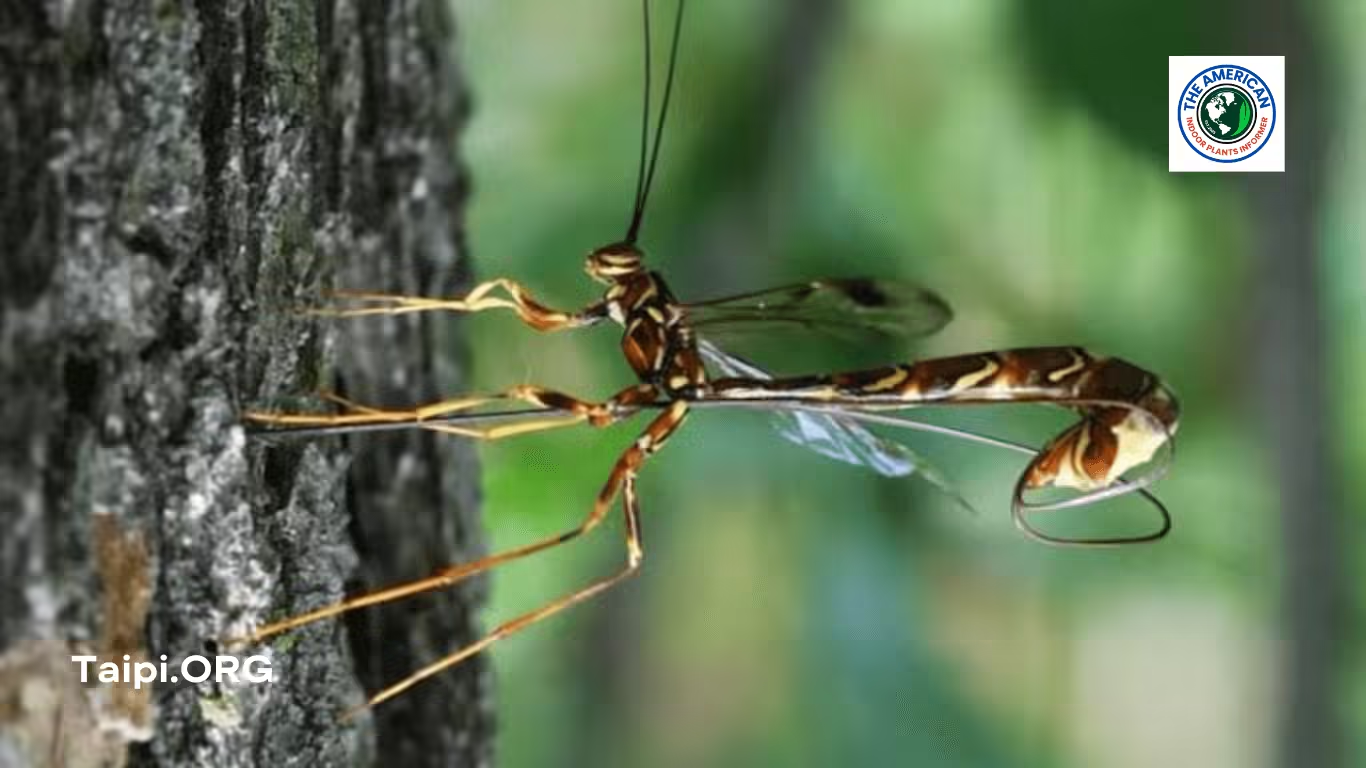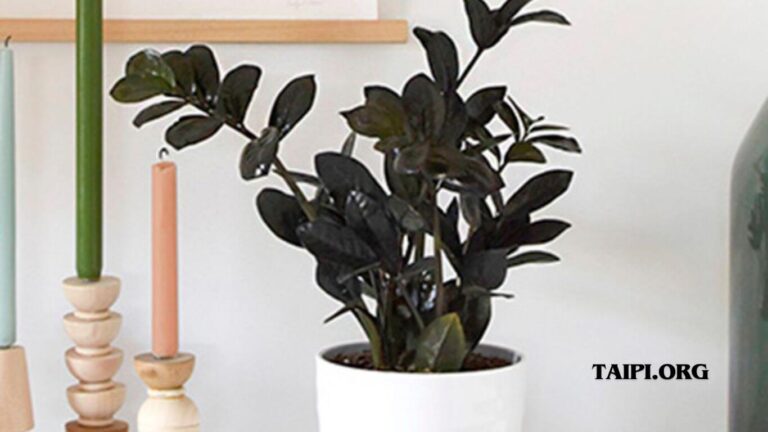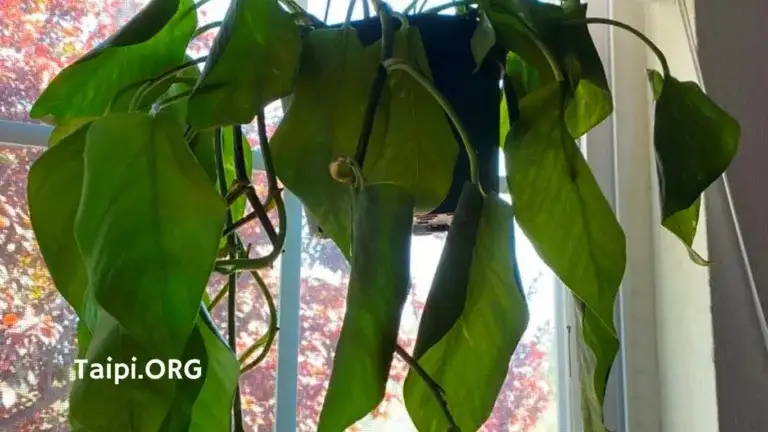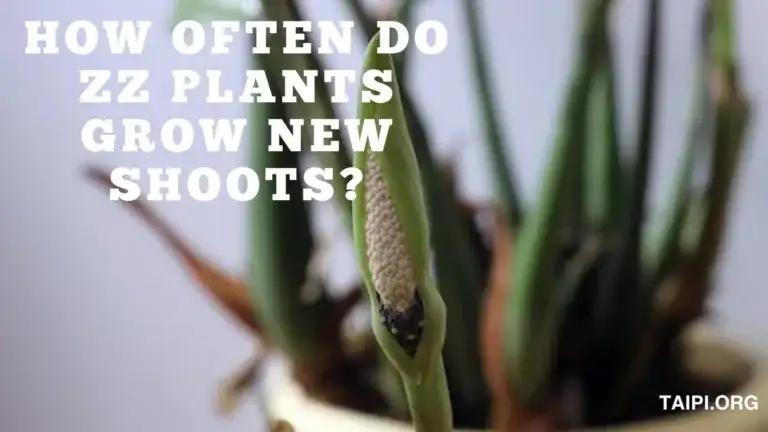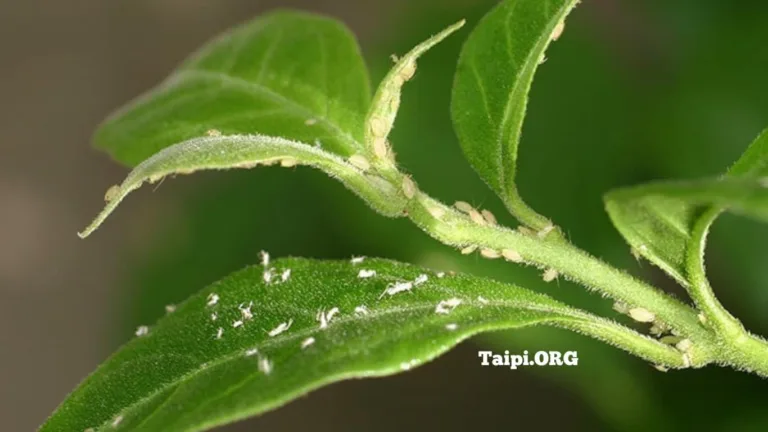8 Beneficial Bugs for Houseplants
BELIEVE it or not, your house has pests! Yes, it’s almost certain to conclude that no house is free from pests especially if you have a few houseplants. Whenever pests come, you need to eliminate them, lest, they will devour your favorite houseplant. But did you know that there are beneficial bugs for houseplants you should make your darlings?
The common beneficial bugs for house plants include:
- Ladybugs
- Green Lacewings
- Predatory Mites
- Beneficial Nematodes
- Parasitic Wasps
- Ground Beetles
- Minute Pirate Bugs
- Hoverflies (Syrphid Flies)
Also see: Indoor Plants Boost Moods
Before we look at the common beneficial bugs for houseplants, you may wonder, what are beneficial bugs? How important are they? Do you need them in your home?
Additionally, you may need to know whether houseplants attract bugs.
Do Houseplants Attract Bugs?
Yes, houseplants can attract bugs, but not all houseplants do, and the extent varies.
Factors like overwatering, decaying organic matter, and the presence of certain pests can contribute to bug attraction. Proper care, cleanliness, and early pest detection can help manage this.
What Are Beneficial Bugs?
Beneficial bugs, also known as beneficial insects or beneficial organisms, are insects or other small organisms that play a positive role in ecosystems, agriculture, gardening, or pest control.
These bugs provide various benefits to the environment and human activities.
Categories of Beneficial Bugs for Houseplants
The main categories of beneficial organisms for houseplants include:
Pollinators: Insects like bees, butterflies, and certain beetles are essential for pollinating flowering plants. Pollinators help in the reproduction of many plants, including many food crops.
Predators: Predatory insects such as ladybugs, spiders, lacewings, and predatory beetles feed on harmful pests. They help keep pest populations in check, reducing the need for chemical pesticides in agriculture and gardening.
Decomposers: Bugs like ants and beetles contribute to the decomposition of organic matter, breaking down dead plant material and recycling nutrients back into the soil. This process is crucial for maintaining soil health.
Parasitoids: Parasitoid wasps are insects that lay their eggs on or inside other insects. The larvae then consume the host insect, helping control pest populations.
Soil aerators: Earthworms and certain beetles burrow into the soil, improving its structure and allowing air and water to penetrate. This enhances soil fertility and overall ecosystem health.
Also read: How to Care for Bromeliad Pineapple Plant
Beneficial Nematodes: Microscopic worms known as beneficial nematodes can help control soil-dwelling pests, such as grubs and larvae, without harming beneficial insects.
Pollen feeders: Some bugs, like hoverflies, feed on pollen and nectar. While they may not be as efficient as primary pollinators, they still contribute to the pollination process.
The 8 Common Beneficial Bugs for Houseplants
After that fine intro on what beneficial organisms are and the various categories available, it is time to jump into some of the common beneficial bugs for houseplants and their roles.
1. Ladybugs
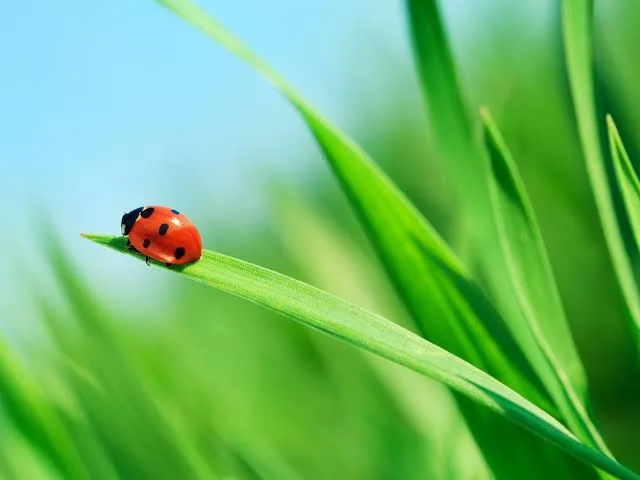
Ladybugs are voracious predators of aphids, scale insects, and mites. They help control common pests that can damage houseplants.
These beneficial bugs consume large quantities of harmful insects during their larval and adult stages. They are a natural and effective form of biological pest control.
2. Green Lacewings
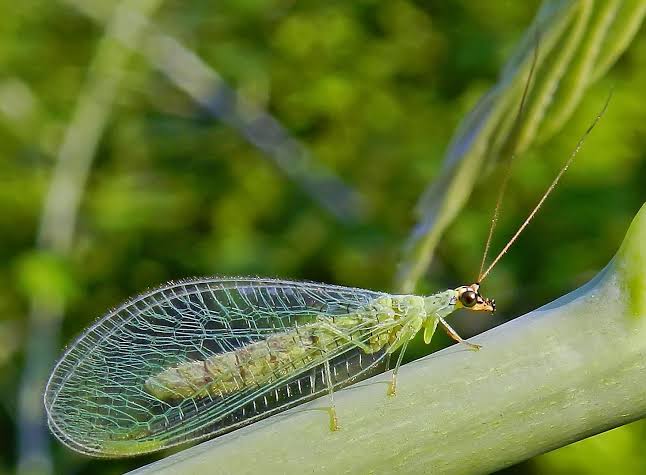
Green lacewing larvae are predatory and feed on aphids, thrips, mites, and other soft-bodied pests, providing excellent pest control.
These insects are commonly used in biological control programs and are available for purchase as eggs or larvae. They are beneficial for keeping pest populations in check by eating other insects.
3. Predatory Mites
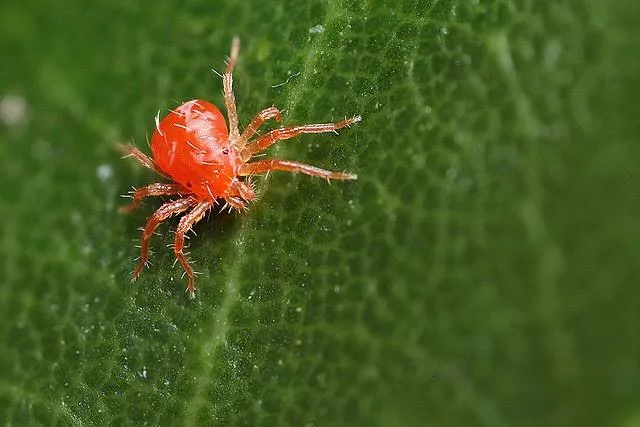
Predatory mites feed on harmful spider mites, thrips, and other small pests, helping to prevent infestations on houseplants.
Some common species, such as Phytoseiulus persimilis, are commercially available for biological control. They are tiny but highly effective in managing pest populations.
4. Beneficial Nematodes
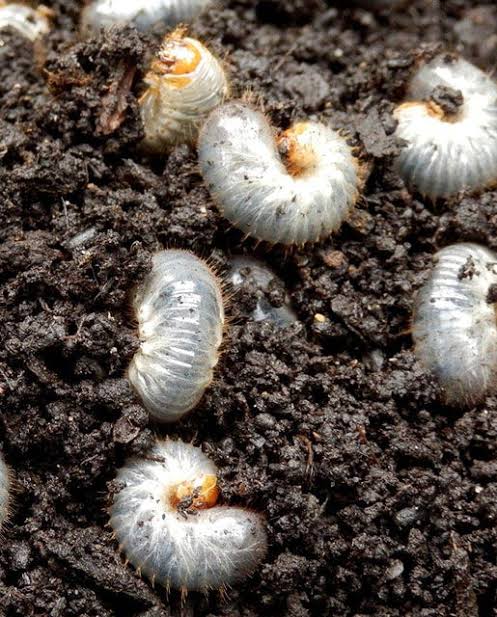
These microscopic roundworms parasitize and kill soil-dwelling pests like fungus gnats, beetle larvae, and root-feeding larvae.
You apply beneficial nematodes to the soil to provide long-lasting control against various pests without harming the plants.
5. Parasitic Wasps
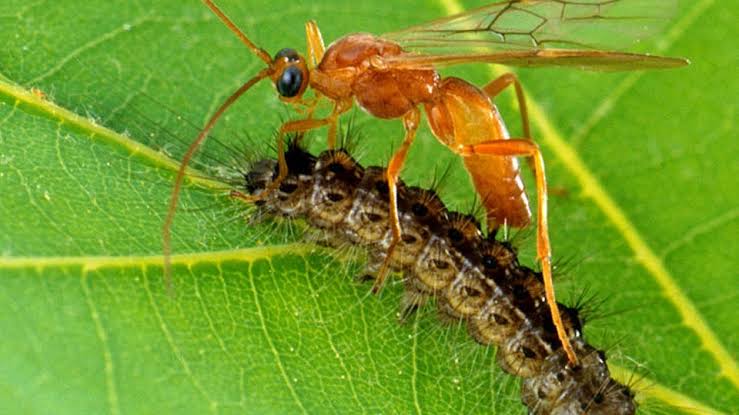
Parasitic wasps lay their eggs inside or on the bodies of harmful pests like aphids, caterpillars, or whiteflies, eventually killing them.
These tiny wasps are harmless to plants and are crucial in biological control. Although often used in greenhouse settings to combat specific pests, you can also gain a lot by having them in your house.
6. Ground Beetles
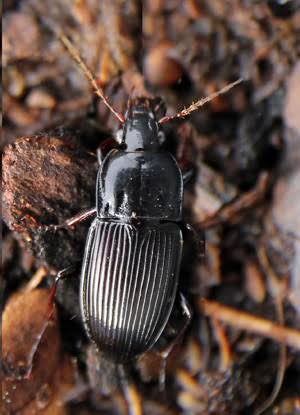
Ground beetles are generalist predators that feed on a variety of soil-dwelling pests, including caterpillars, beetle larvae, and slugs.
These nocturnal insects are beneficial for controlling pests that hide in the soil or leaf litter around houseplants.
7. Minute Pirate Bugs
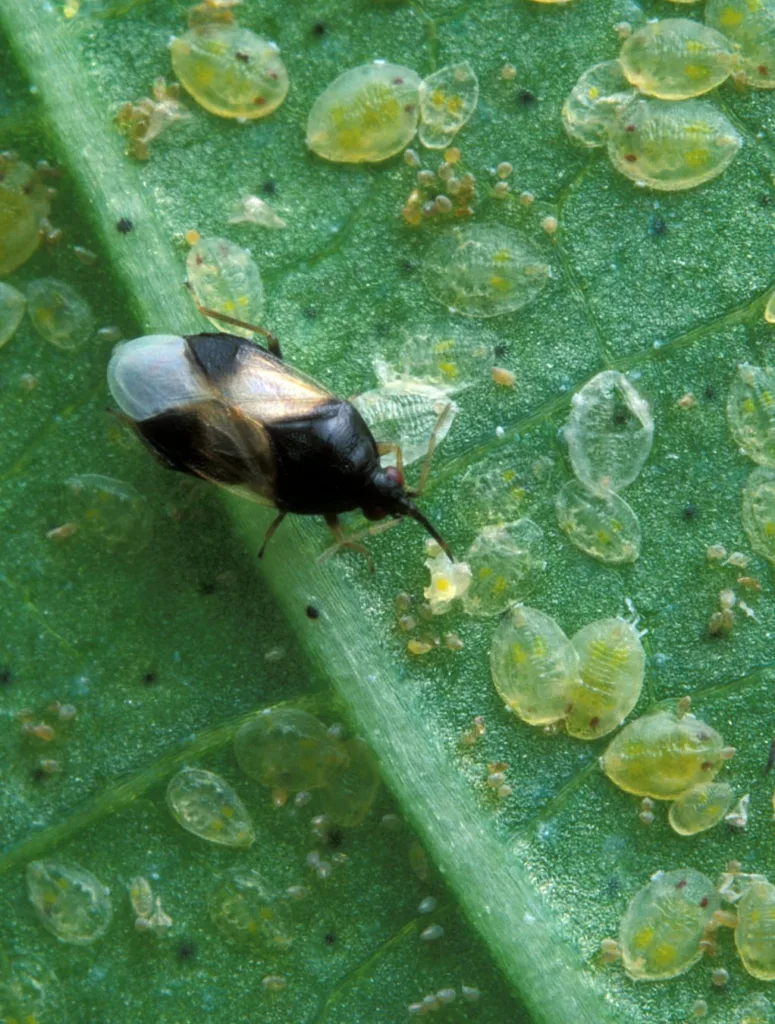
Minute pirate bugs prey on aphids, thrips, mites, and other small insects, making them effective biological control agents.
Whether you have indoor or outdoor plants, you need these to entertain tiny bugs around.
Minute pirate bugs can be attracted to your houseplants naturally or you can introduce them for pest control.
8. Hoverflies (Syrphid Flies)
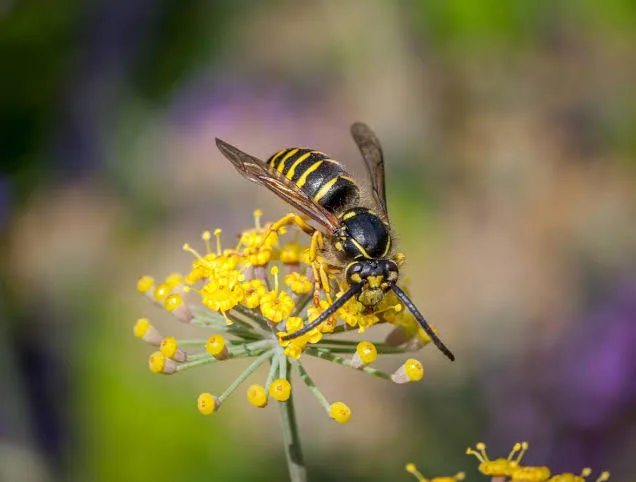
Hoverfly larvae feed on thrips, aphids, and other soft-bodied pests, providing effective biological pest control.
Adult hoverflies are also important pollinators. They are attracted to nectar and pollen, making them beneficial for the overall health of your houseplants.
Frequently Asked Questions (FAQs)
Q: What are beneficial predatory mites for houseplants?
A: Some of the beneficial predatory mites include:
- Neoseiulus californicus
- Hypoaspis miles
- Amblyseius Swirskii
- Amblyseius cucumeris
- Amblyseius andersoni
- Predatory mites
- Phytoseiulus persimilis
Q: What house plants attract the most bugs?
A: The desert willow and peonies attract many bugs but you cannot compare them with cauliflower, onions, tomatoes, cabbages, and other tuberous vegetables that attract the most bugs.
Q: What is the hardest pest to get rid of in houseplants?
A: Red spider mites (Tetranychus sp.) are the hardest pests to get rid of in houseplants. It is almost impossible to see them with your naked eye.
My Final Thoughts on Beneficial Bugs for Houseplants
Before introducing beneficial bugs, consider the specific pests affecting your houseplants and choose the appropriate predators.
Also, ensure that the environment is suitable for the beneficial insects, as some may require specific conditions to thrive.
Additionally, avoid using chemical pesticides alongside beneficial bugs, as these may harm the predators and disrupt the natural balance.

